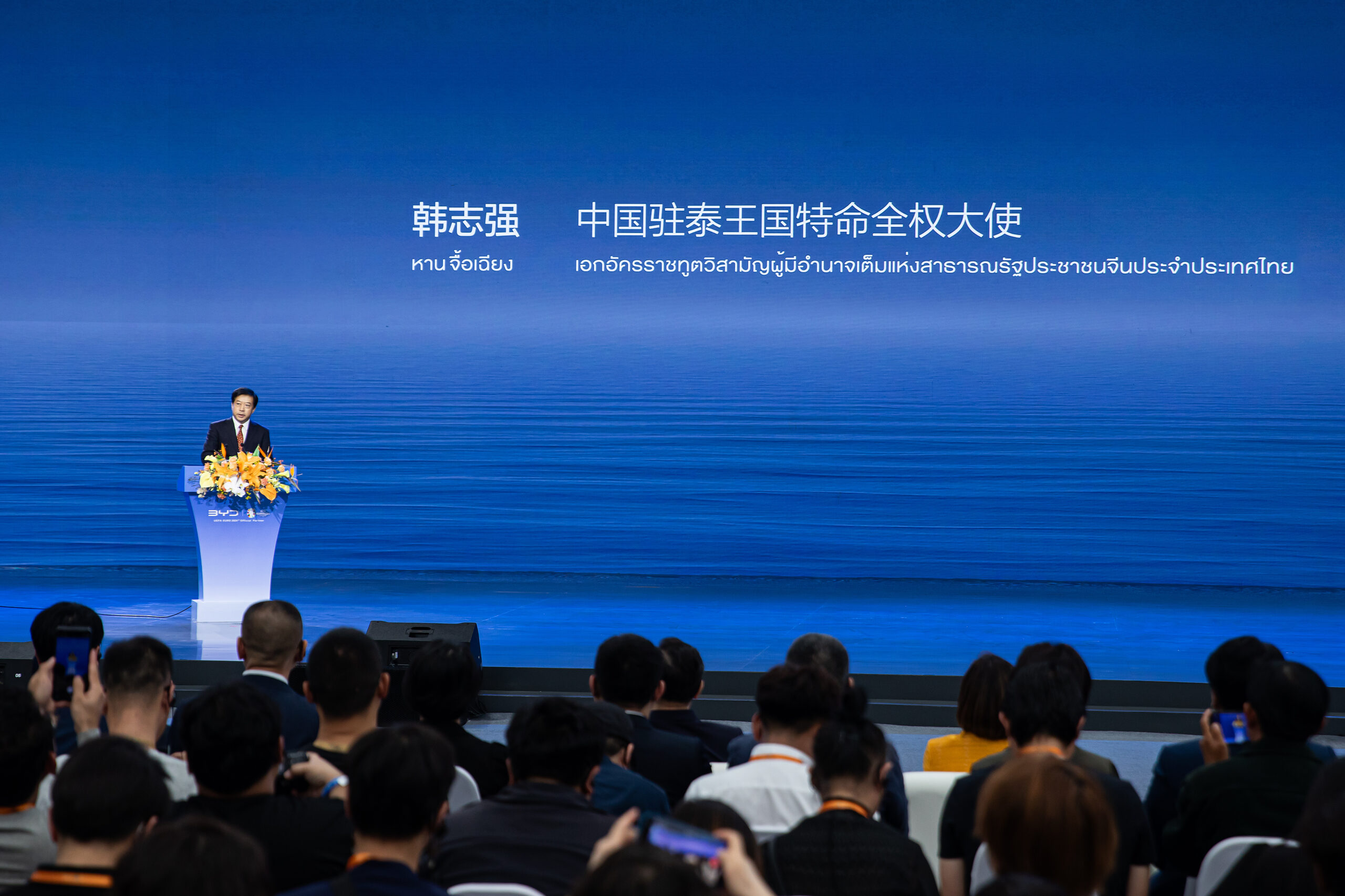Sign up for daily news updates from CleanTechnica on email. Or follow us on Google News!
The strike by the UAW against General Motors, Ford, and Stellantis is three weeks old. Until now, little progress has been made toward a resolution, and the union has been relentlessly ratcheting up the pressure on the companies in order to get them to agree to its demands. Shawn Fain, the head of the UAW, doesn’t look like he could win a cage-fighting match with anyone under the age of 70, but his tactics are beginning to bear fruit for the 145,000 United Auto Workers members.
At the very heart of the labor dispute is a fear by union members that the transition to electric cars will greatly reduce the number of workers needed to build the cars and trucks of the future. An engine and transmission have up to 10,000 parts whirring around inside. An electric vehicle drivetrain has a dozen or less.
It doesn’t take a math whiz to figure out that machines that are less complex might need fewer people to put them together. That may be a flawed analysis, however. Most of those engines and transmissions are put together by robots.
The days of people with torque wrenches assembling engines by hand are long gone — although boutique manufacturers like Porsche and McLaren still use such tried and true methods for their premium automobiles. So the fears the workers have about fewer jobs in the future as the EV revolution moves forward may be overblown.
Electric Cars Need Workers Too
In fact, on October 6, CNN reported that some research suggests the difference in labor needed to manufacture an EV and a conventional car is quite small. In fact, Erica Fuchs, a labor researcher at Carnegie Mellon, said making the powertrain of electric vehicles — the batteries, electric motors, and power management systems — requires more total labor, not less, than making engines and transmissions.
Researchers at the Boston Consulting Group reached a similar conclusion. They found that manufacturing a complete electric vehicle — beyond just the powertrain — requires only slightly less labor in total than making a gasoline-powered car.
“When you look, like for like, at the vehicle today — an electric vehicle versus ICE — there is on the order of a percent or a couple percent difference, in the labor hours required to manufacture that vehicle,” said Nathan Niese, global topic leader for electric vehicles at Boston Consulting.
The Issue For The UAW Is Fairness
What really has the UAW riled up is how the Big Three automakers have tried to do an end run on union members by setting up battery factories in states where labor unions have few legal protections. It’s similar to how all the shoemakers fled Danvers, Massachusetts, in the 1950s to set up factories in the South where workers were happy to have a job even if it didn’t pay union wages. Danvers was once the shoemaking capitol of the world until the mill owners figured out how to shed their union workers.
The UAW wants workers in those battery component and assembly factories to be unionized. Late last week, General Motors agreed to the union’s demands. Not voluntarily, you understand. The UAW told GM they were going to strike its factory in Arlington, Texas, where the company manufactures its most profitable vehicles — light duty pickup trucks and SUVs. That would really hurt the company, which says it has already lost $200 million because of the strike.
The companies have been spinning the story that most of those factories are joint ventures, which prevents them from agreeing to include those workers in the union, but when GM found out the UAW planned to walk off the job in Arlington, it quickly changed its tune and agreed to include them in its master union contract.
Barron’s reports that the battery factory workers will now be, essentially, just like workers in engine and transmission plants. GM’s capitulation likely means the strike is nearing an end and that the UAW is winning some major concessions. “We were about to shut down GM’s largest moneymaker, Arlington, Texas [truck plant],” Fain said to union members in a livestream announcement. “And just that threat has provided a transformation.”
Shawn Fain Celebrates UAW Successes
Shawn Fain was equal parts ebullient and combative. Wearing a T-shirt with the words “Eat The Rich” emblazoned across the front, he told striking union members on Friday, “We are winning. GM has been falling behind. Today, under the threat of a major financial hit, they leapfrogged the pack in terms of a just transition. Our strike is working, but we’re not there yet. In just three weeks, we have moved these companies further than anyone thought possible.”
One other holdover from the 2008 agreements is the two-tier system in which workers who were hired after that year are limited to how much their pay can increase. The UAW is determined to claw back that two-tier system.
According to The Guardian, Fain said Ford is ahead of Stellantis and General Motors on their wage offers to the union. He added that those two companies have agreed to reinstate a cost of living allowance, something the union gave up in 2008 when it was strong-armed by the companies into making concessions in order to save their jobs. The anger the union members feel today is fueled in part by the knowledge that the companies are making record profits and executive pay has nearly tripled, while they are still waiting for those profits to trickle down to them.
According to a transcript of his remarks posted on the UAW website, Fain said,
“The billionaires and company executives think we autoworkers are just dumb. They think we don’t get it. They think we only understand the power of a supervisor yelling at us, or an assembly line coming at us. They look at me and they see some redneck from Indiana. They look at you and see someone they would never have over for dinner or let ride on their yacht or fly on their private jet. They think they know us, but us autoworkers know better.
“We may be foul-mouthed, but we’re strategic. We may get fired up, but we’re disciplined. We may be rowdy, but we’re organized. Not everything is about pulling out the bazooka. We’ve been very careful about how we escalate this strike. We have designed this strategy to increase pressure on the companies — not to hurt them for its own sake, but to MOVE them. To get them to say YES when they want to say NO.
“Today is a perfect example of that. We know their pain points. We know their money makers. We know the plants they really don’t want to see struck. And they know we’ve got more cards left to play. We won’t let one company fall behind and wait for movement at another table. We won’t let them sit back and low ball us while the others make progress. We expect results at every company, and we’ve been crystal clear about how you catch a strike and how you avoid one.”
Fain spoke earlier on Friday at an Economic Policy Institute conference, and said the union has been “complacent for my entire 29 years,” and that it has been a major source of frustration for him. “This strike is about righting the wrongs of the past and winning justice for all of our members. Strikes and the threat of strikes by a unified membership are what delivers.”
You can almost imaging Shawn Fain leaning out of a window and leading union members as they yell, “We’re mad as hell and we’re not going to take it anymore!” The takeaway from the events of this week is that all the manufacturers who thought they could run away from the UAW by setting up shop in southern states, companies like Mercedes, BMW, Volvo, Volkswagen, Hyundai, and Kia, — and Tesla, don’t forget Tesla — are now looking over their shoulders and asking “Who are those guys?”
Have a tip for CleanTechnica? Want to advertise? Want to suggest a guest for our CleanTech Talk podcast? Contact us here.
EV Obsession Daily!
I don’t like paywalls. You don’t like paywalls. Who likes paywalls? Here at CleanTechnica, we implemented a limited paywall for a while, but it always felt wrong — and it was always tough to decide what we should put behind there. In theory, your most exclusive and best content goes behind a paywall. But then fewer people read it!! So, we’ve decided to completely nix paywalls here at CleanTechnica. But…
Thank you!
Tesla Sales in 2023, 2024, and 2030
CleanTechnica uses affiliate links. See our policy here.




